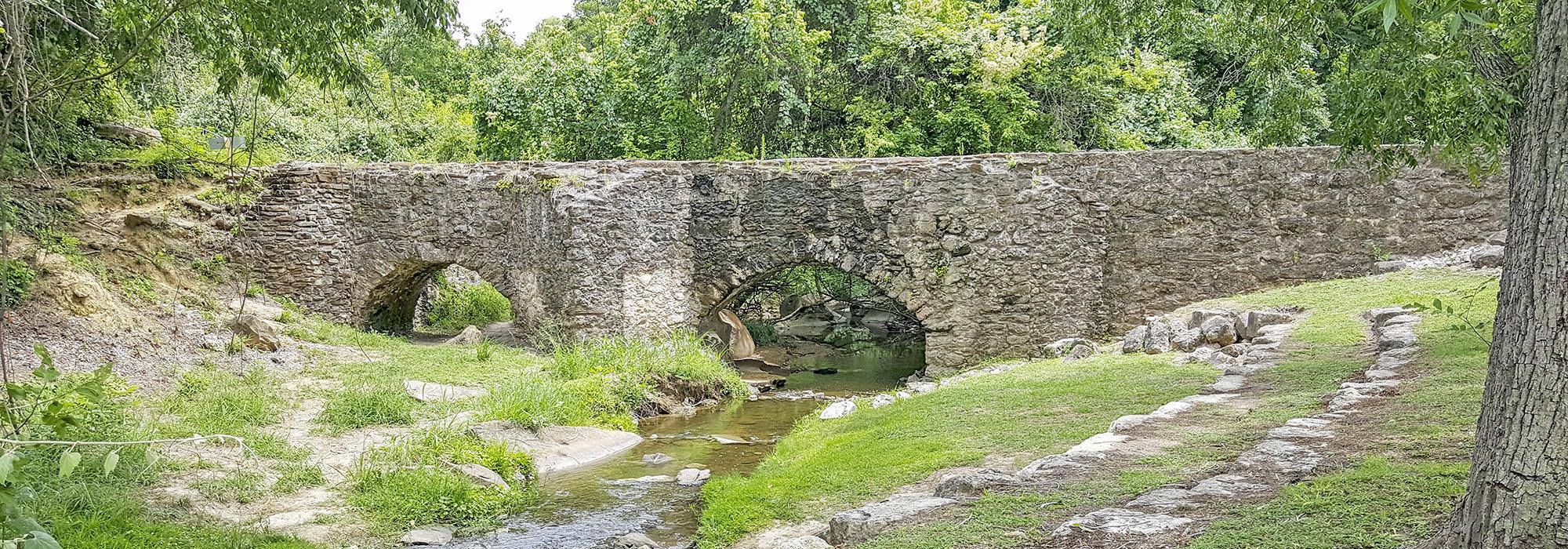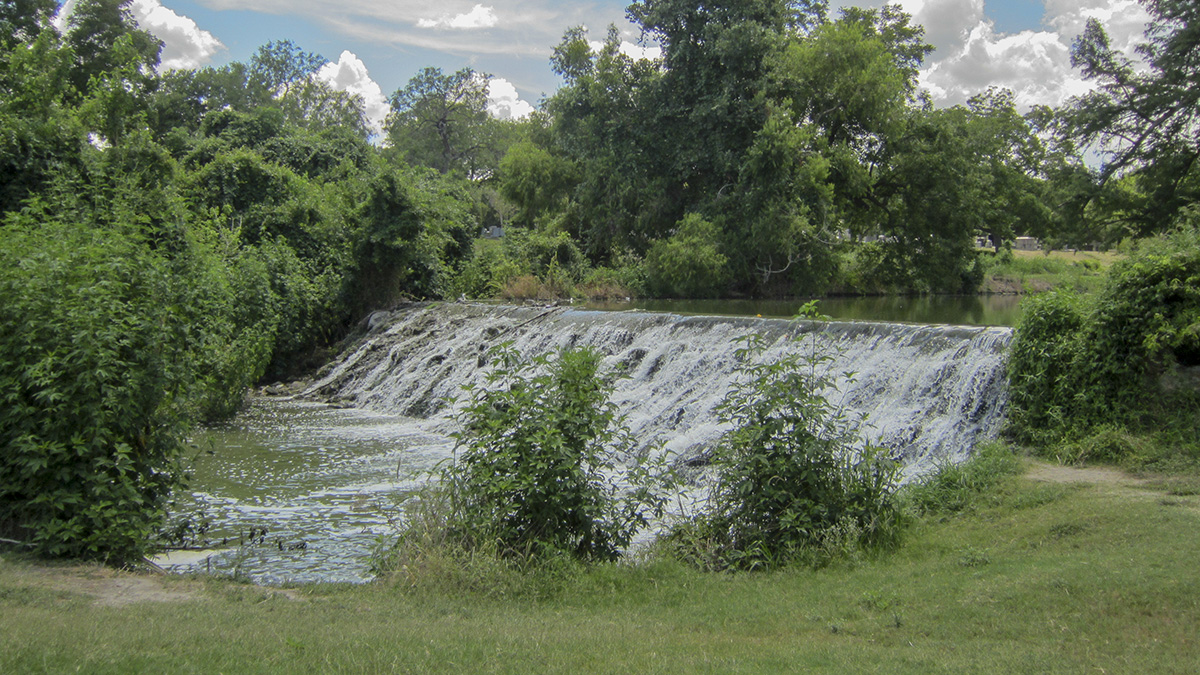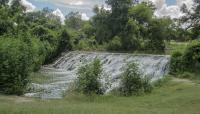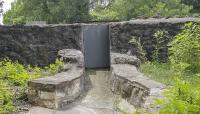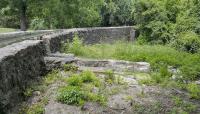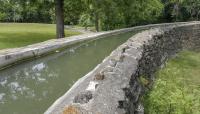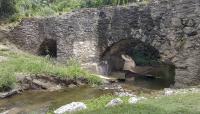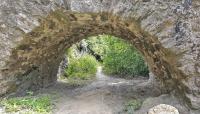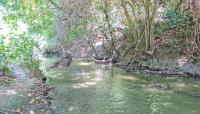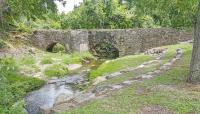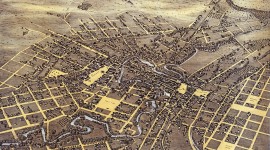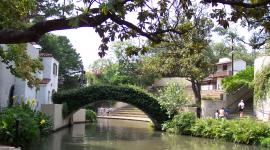Landscape Information
Built between 1731 and 1745, this four-mile-long acequia (irrigation system) remains one of the best-preserved and functioning examples of a Spanish acequia in the United States. It was part of a network of acequias constructed to irrigate the lands of the San Antonio missions, whose quest was to convert the area’s indigenous population to Christianity. When Mission San Francisco de la Espada transferred to the west side of the San Antonio River in 1730, the Spanish missionaries realized the importance of irrigating the alluvial valley for harvest. Franciscans and Native American converts immediately began work on a dam, aqueduct, and a series of ditches that curved along the contours of the river valley near Mission Espada. The elaborate network once extended for some fifteen miles and is estimated to have irrigated more than 3,500 acres of mission lands.
In its present form, the dam diverts water into a ditch at a point on the west side of the San Antonio River, in (San Juan) Mission Burial Park. The water gravitates south, traveling across the Espada Aqueduct’s limestone arches that span Sixmile (Piedras) Creek, and then passes the Espada Mission before flowing into the San Antonio River. The stout masonry aqueduct proved an innovative and reliable way to transport water while overcoming the fifteen-foot-high barrier imposed by the hillside along the creek. The irrigation system remained in operation for more than 100 years. In 1895 a private company repaired and improved the deteriorating watercourse, making it suitable for continued use. In the late 1940s, efforts were made by the San Antonio Conservation Society to protect the aqueduct, which was designated a National Historic Landmark in 1966. The Acequias



